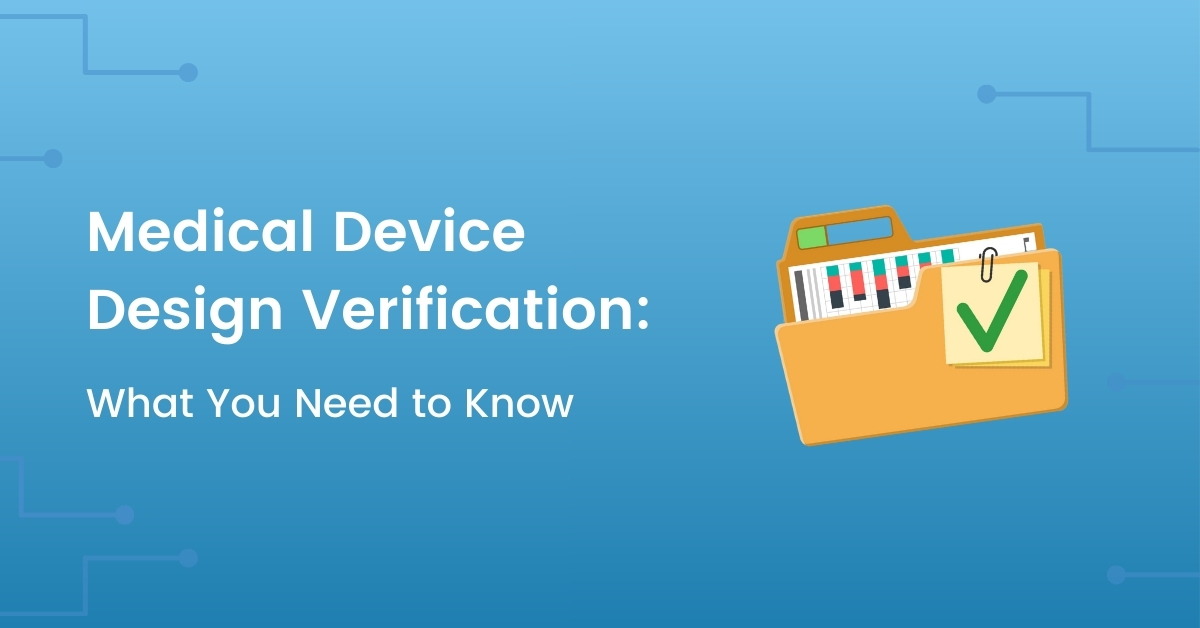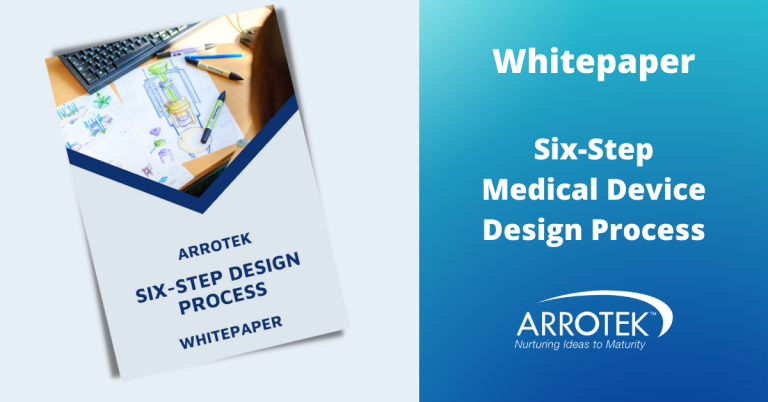Design verification is an important part of the medical device design and development process. It is an element that will be largely looked after by your medical device design partner. However, given it’s important to the overall process, it helps considerably if you have an overview of medical device design verification, why it’s important, and the key steps involved.
Medical device design verification ensures design outputs meet the design input requirements.
In other words, it is a process that ensures the new medical device is designed correctly.
Design verification is required by regulators when they evaluate new medical device products. It is also an important part of the design process. After all, designing the device incorrectly presents a range of challenges, including development, patient/user safety, compliance, business risk, and cost challenges.
Medical Device Design Verification Best Practices
The most efficient and effective approach to medical device design verification is to undertake verification activities regularly throughout the design and development process before then verifying the final product.
This continuous verification approach provides ongoing assurance the design matches the design input requirements. It also ensures early identification of issues with the design, enabling early resolution with minimal (if any) impact on product development processes, timelines, or costs.
How Medical Device Design Verification Works
There are three elements in the design verification process:
- The part of the design being verified
- The requirement that must be achieved
- The method of verification
The method of verification will vary depending on factors that include the complexity of the device and development risks.
One obvious design verification method is testing, but this is not the only method. In fact, in many situations, testing is not the best way to comprehensively verify the design. For example, testing a product would accurately tell you if it has been manufactured and assembled correctly. However, testing may not, for example, give you information on the long-term performance of the materials used in the product itself or the packaging. Assessing those factors requires different verification methods.
So, while testing is a vital verification method, other crucial methods include analysis and inspection.
The Importance of Design Inputs and Documentation to the Verification Process
Design inputs are essential to making the verification process as effective and efficient as possible. Developing design inputs starts with making sure the intended purpose of the device is clearly defined in detail, accounting for as many conditions and methods of use as possible that could arise in real-world conditions.
It is then important that design inputs are also clearly and specifically defined. Doing this makes it easier to decide on the verification method that will best assess the design input. Having clearly and specifically defined design inputs also improves the quality and relevance of the evidence produced by the design verification process.
It is also important to remember that verification activities should be documented. Creating this documentation is straightforward with some verification methods as the verification method itself creates the documentation.
For other verification methods, a suitable process must be put in place to ensure there is documentation covering all verification activities and their results. This documentation will ultimately be included in your submission to regulators, so it is an essential compliance requirement.
Working with the Right Design Partner
Regulators, including the FDA, provide guidance on design verification. However, they leave the details of exactly how to complete verification up to those who are submitting new products for regulatory approval.
In addition, design verification is best practice in medical device product design. Therefore, it is important you work with a design and development partner who has well-established processes for design verification.
To speak to us about your new medical device product, please email us at [email protected] to speak to a member of our team.





